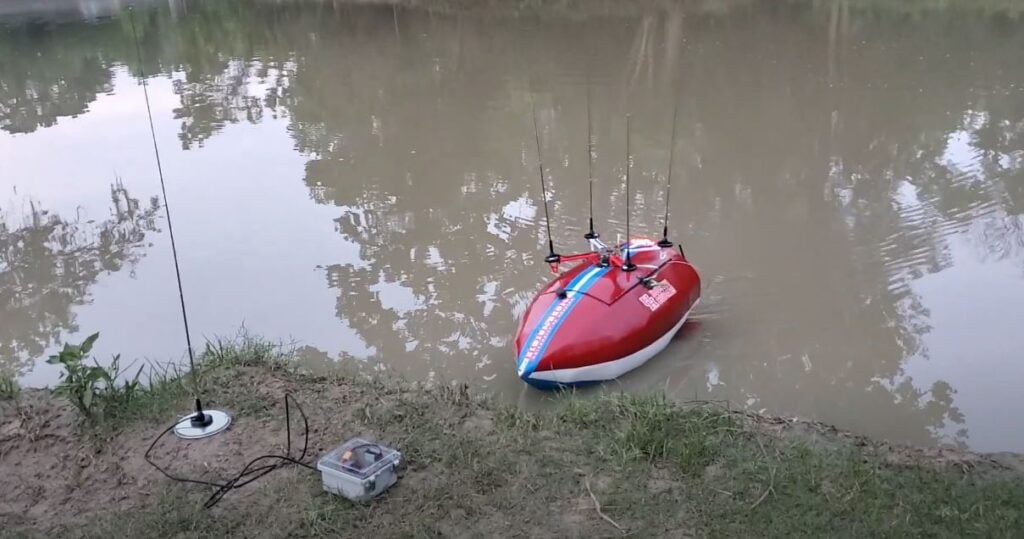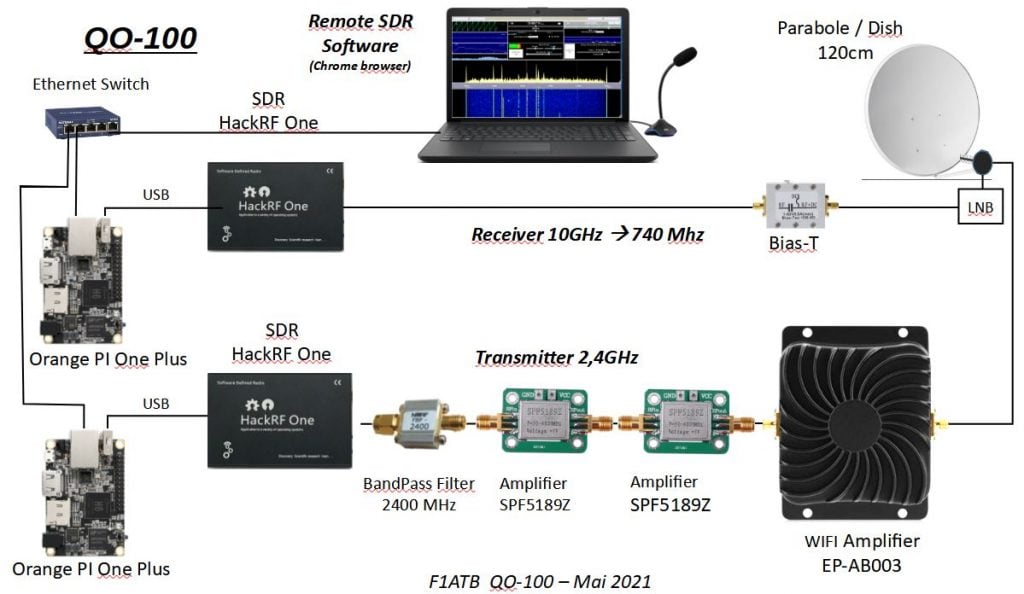SDR4Space: Software Tools for SDR Based Satellite Ground Stations
Over on Reddit we've seen that SDR4Space, a provider of a satellite ground station receiver hardware and software has released a free feature limited lite version of their embedded software over on their GitHub page. In the Reddit comments the software is explained as follows:
It's a command-line tool using scripts, for SDR users. You can write your own scripts to: record IQ samples, predict satellite passes, start a record for a specific satellite and correct doppler at the same time.
It's also useful to record narrow subband IQ streams ( example: 48kHz wide instead of 2.048 MHz on rtlsdr, a single signal on HF is only few kHz wide).
You can work on IQ files: cut, resample, merge, convert formats and so on.
Having said that you can recognize features from predict, rx_sdr/rtl_sdr ,rtl_power/rx_power.
Regarding installation, a Debian package is provided, installing application and some examples in /opt/vmbase directory. Most of dependencies are installed by the package. But you should install SoapySDR and Soapy drivers for your SDR device first by yourself if not yet done !
To understand how it works, the best is perhaps starting download TLE and print a passes list, using scripts in ./sat/ directory.
For the next SSTV event I'd try to run unattended reception of ISS (from ./sat/sat_receiver directory).
From the examples, it appears that you can script a fully automated doppler corrected satellite signal receiver with the SDR interface connecting through Soapy, and all the DSP handled by the SDR4lite library.


